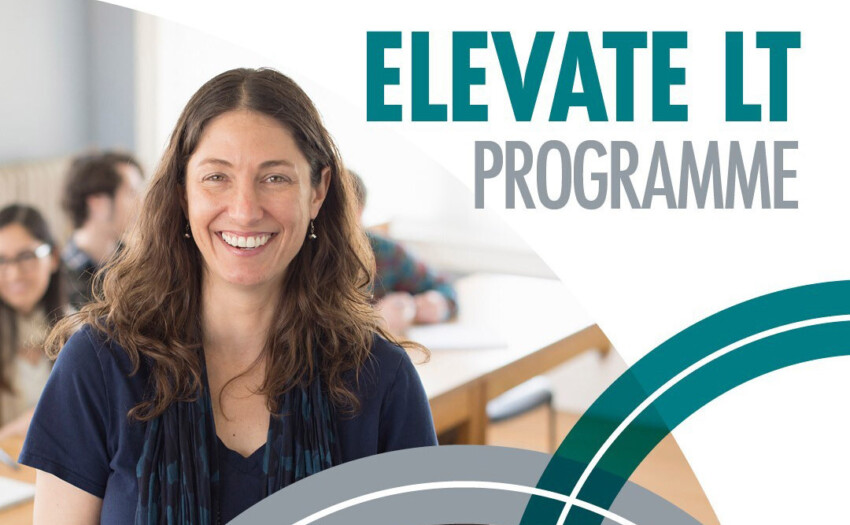From 3 to 2 (and 3rd to 1st Quartile)
Gordon Duffy-McGhie, Director of Teaching, Learning and Student Experience at Middlesbrough College explains HOW2's part in their Ofsted journey. And what the inspectors thought of it all.

How do HOW2s help leaders and managers?
The inspection framework asks us as leaders and managers to evidence the way teachers prepare and deliver high quality learning experiences for students. Through the HOW2 system we were able to show inspectors that it was threaded through all of the planning documentation, all of the assessment schedules, and all of the classroom delivery.
Inspectors like the fact that the HOW2s support our leaders and our curriculum managers to explicitly support staff through the their personal development. And that HOW2s give managers and teachers the same framework to view and to track the progress that they make.
Inspectors were very impressed by the fact that it was a longitudinal approach to the improvement of teaching and learning, it wasn’t an, “Everybody go to this session for this two hours and then you’ll be brilliant.”
And there is a complete lack of ambiguity in terms of the steps they [teachers] need to take.
I can’t imagine what we would have to invest to get the same level of support to the same number of teachers on the same number of occasions as we do when we implement HOW2s.
What do teachers think of HOW2s?

Our teachers think that the HOW2s now give them a more comprehensive menu of support, than previously on on offer. Previously they were waiting for what we released and then they could attend or not. Now that menu is completely available to them 24⁄7.
Teachers value the fact that they are supported from day one, there’s no lag in waiting for something — we can send them something straight away that will ease that pressure on them.
The visual nature of the HOW2 makes it very easy for staff regardless of their experience, regardless of their academic subject or vocational subject that they study, to tie into the key steps in a technique’s process of delivery.
How have HOW2s helped the college overcome barriers to student progress?
As managers we’ve implemented HOW2s which have helped staff remove barriers from accessing meaningful CPD. By implementing the strategies teachers are removing the barriers from certain parts of their class or their group accessing quality learning experiences. And that increases the progress of every student within the class.
They [teachers] are not focussed on what the student produces at the end of that activity, but the fact that they get there by following that process.
Students confirm that they are benefitting from the strategies that are being introduced in the classroom
What now? What does the future hold for HOW2s at the college?
Our governors always ask me how will we get to outstanding, in terms of teaching learning and assessment. And that’s an evolution, through delivering improved outcomes for students, not just to get through an inspection and get a good grade back, but to make sure that is the positive trend that every student who comes to the college will experience year after year after year. And that comes from embedding changes of culture, changes of teaching practice so that teachers constantly go back and refresh their store cupboard of meaningful techniques that will allow every group of student who comes in front of them to benefit from the same quality of teaching and learning.
The focus of the 2019 CIF will be less on what outcomes are produced by students and more on how the students achieve those outcomes. The HOW2s put us in a good place because, like the CIF, they are based on how teachers achieve those outcomes.
What do you think most impressed the inspectors?

Inspectors were most impressed by the way we were able to evidence the way staff shared best practice across and between subject areas — by the way that we could triangulate statements we were making within quality documents and self assessment reports.
So they could see through the skills exchange the variety of techniques that teachers were working on, the volume of teachers working on those particular techniques, they could then evidence that in the classroom, and they could see the impact statements in the managerial reports in the observation reports and in external consultant reports.






